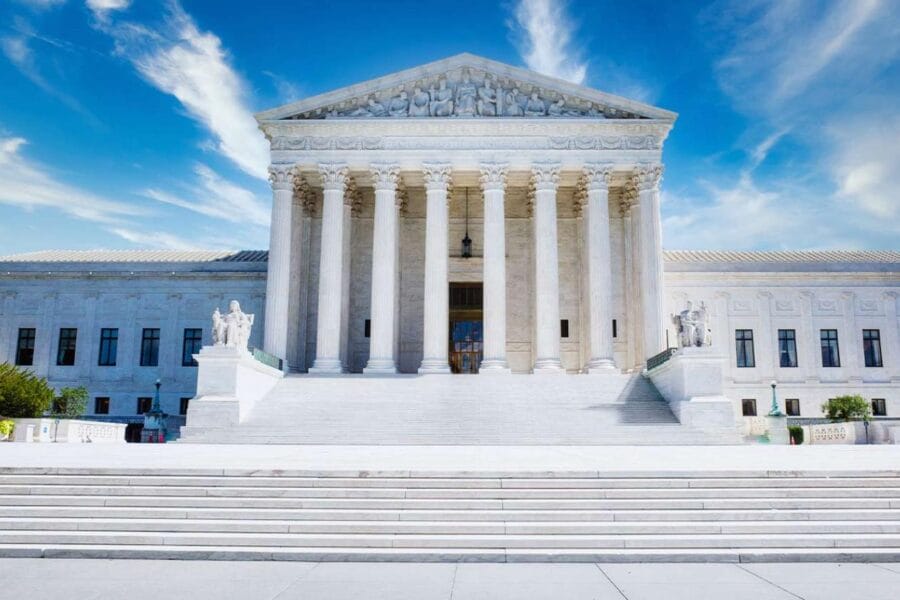The struggle to protect human life is hardly restricted to the United States.
Earlier this week, I spoke to a conference in Warsaw, Poland, concerned with, as the title of the conference noted, the “Intellectual and Legal Means for the Protection of Human Life Before Birth – Comparative Perspectives.”
The conference drew speakers and attendees from around Europe and the United States.
Though, regrettably, I was unable to attend in person, through the magic of Skype, I addressed the conference anyway. (You can view my presentation here.)
My talk focused upon the abortion rulings of the U.S. Supreme Court. I reviewed several aspects of those cases, including the creation of a right to abortion under an implied privacy right, and the extension of that right through all nine months of pregnancy through a very broadly defined definition of heatlh. I also discussed these rulings in the context of an American political and legal system of government that should have left the matter for resolution by the states, through the normal political process, as was the case before the Supreme Court snatched the issue away in its abortion rulings.
As a result, America has one of the three or four most permissive abortion regimes in the world. There are three key points that contribute to this reality that leads observers to three conclusions.
Three Points –
- Abortion-on-demand was imposed upon the United States by the Supreme Court despite the absence of any language about abortion in the fundamental legal document, the Constitution, and despite a political/legal system that should have resulted in the issue being resolved in the different state legislatures. It was imposed by a Court intent on “settling” an issue that was being hotly contested in the ordinary political process.
- The “effects” of these decisions by the Supreme Court could not be limited to “matters related to abortion,” but affected the resolution of issues outside this context. The Supreme Court’s failure to acknowledge biological facts strongly affected how the issue of stem cell research was argued in the United States. Proponents simply ignored facts to reach desired policy outcomes, as the Court did in the American abortion cases.
- The American experience is not unique. Worldwide, courts create rights against life by “interpreting” language in fundamental documents in an anti-life way.
And that is the implications for these facts? Three lessons can be learned –
- In order to protect life in the pre-natal phase effectively, the fundamental legal/political documents must do so explicitly. The powers of courts to “interpret” these documents should also be expressly limited.
- Anti-life rulings cannot be “contained.” They spill out into policy discussions in society, and will eventually poison the entire system guarding human life.
- Poles and other Europeans should profit from the experience of the United States and avoid the terrible mistakes it has made. The threat of anti-life courts is wide-spread and must be resisted everywhere.




